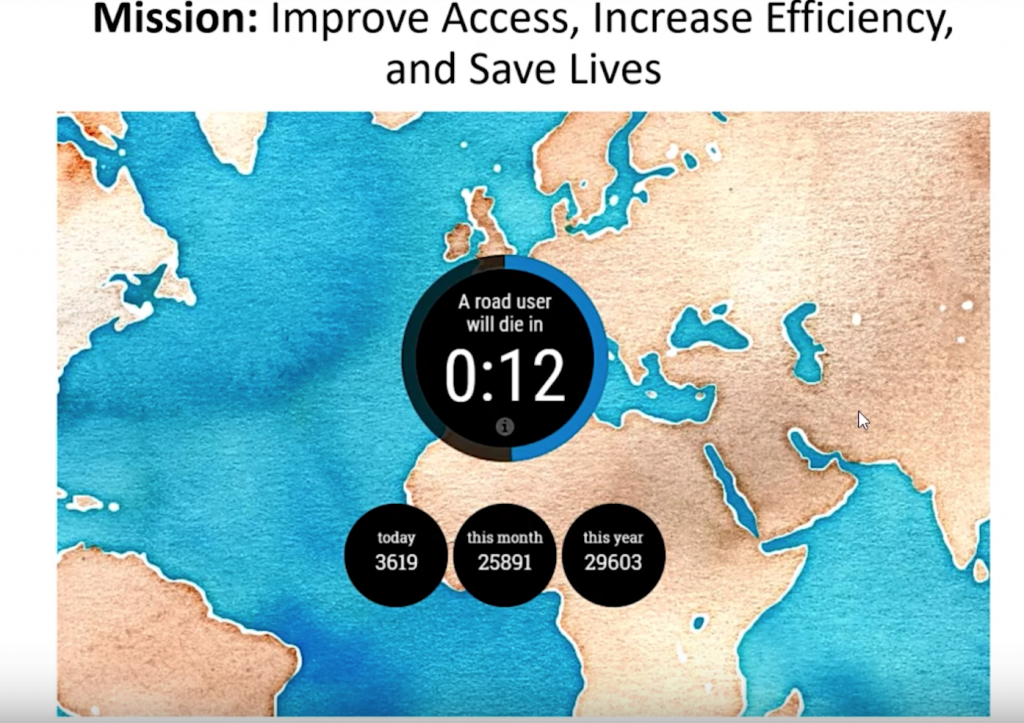“Google is working on self-driving cars and they seem to work. People are so bad at driving cars that computers don’t have to be that good to be much better” __Marc Andreessen
What’s the big deal with self driving cars anyway. Why do we need them, can’t humans do any work anymore, are we so lazy that we just want to be transported from place to place without lifting a finger? If the car drives itself, what are we going to be doing? watch videos? chat? selfies? read a book? get more work done? Well, these are a few questions that popped up in my mind as I visualize a world where people are not driving their cars but cars are driving people to their destinations.
I was impressed by this image Lex Fridman presented in his MIT Self-driving lecture series on what’s the BFD with self-driving cars

That’s not the point of this note though, I’d like to explore how Artificial Intelligence is helping cars drive themselves, what are some of the open challenges and how might A.I help solve these problems in the future? How might autonomous cars reduce accidents and give people who can’t drive an option to “drive”.

There are 3 key things that make a self-driving possible –
- Sensors
- LIDAR (LIght Detection And Ranging)
- Radar (Radio waves to detect objects, angles, distance etc)
- Ultrasonic & Others (Odometer and other “close to vehicle” sensing)
- Cameras (To “see” signal lights)
- Software (To process all the sensor data)
- Connectivity
- Internet (to communicate with cloud or other vehicles)
- GPS (positioning system so the car knows where it is to the centimeter, which today’s GPS cannot support)
Hear an interesting podcast on the shift to self-driving cars
Sensors collect millions of data points including objects on the sides, front and back, other moving vehicles nearby.
Software and algorithms process the data collecting through sensors and make decision on acceleration, brake, turns, speed and so on.
Connectivity helps the car “know” road conditions, weather, construction, traffic (is that still going to be an issue? may be not as long as there are no man-made disruptions like construction, drunk person walking across the road, a sleeping cow.
Will self-driving cars look like the cars of today? Perhaps not, there is no need for steering wheel, windows, wipers, mirrors, lights and foot pedals, however, on the flip side, not everything on the car is there only for functionality, some of it is also for esthetic reasons.
So anyway, how does self-driving technology actually work? We will see in Part 2 of this writeup.